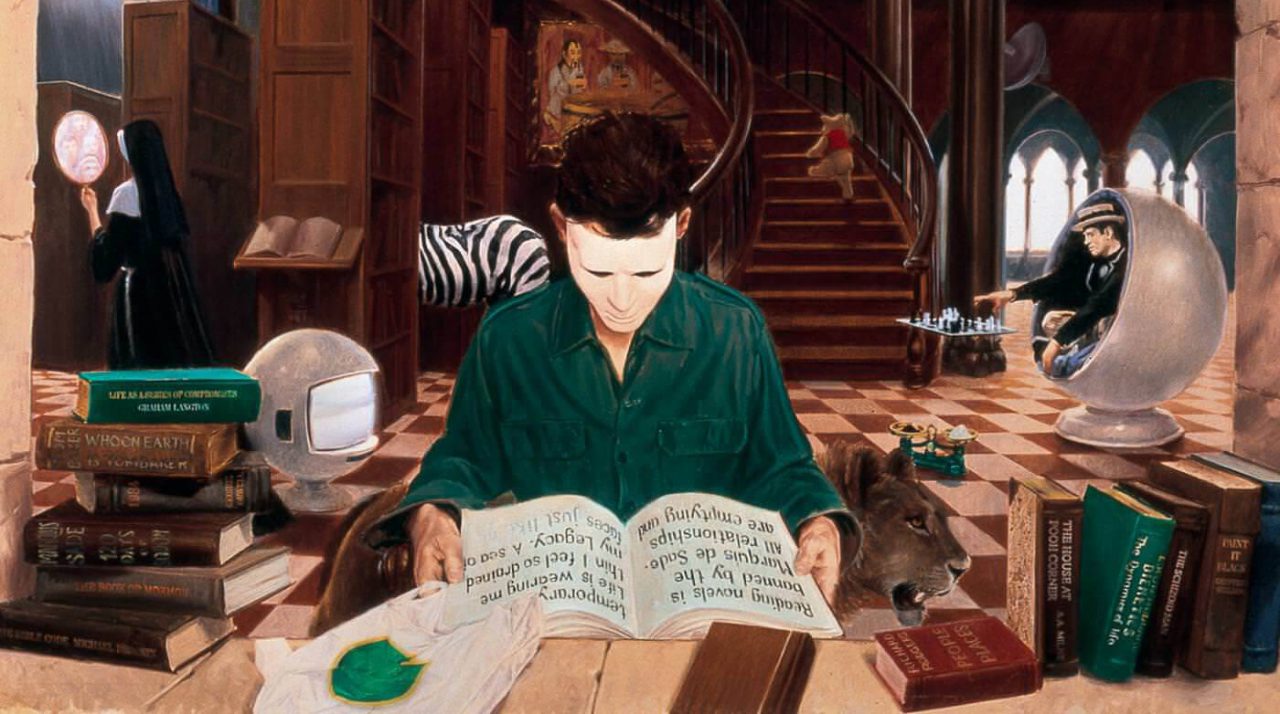As my backlog clearance continues, I am resorting to this: giving you a clutch of reviews of movies from the 1980s held together by the tenuous common theme of “all these movies represent a particular type of person you would have met in the 1980s”. Here goes.
The 80s Cokehead: Scarface

The movie opens against the backdrop of the Mariel boatlift – Fidel Castro’s surprise decision to allow thousands of emigrants to leave Cuba – resulting in a refugee crisis in Florida. The movie plays on the fact that Castro took the opportunity to send numerous prisoners and mental hospital patients to Florida, divesting the Cuban government of the cost of handling them, by including among the emigrants Tony Montana (Al Pacino), along with a number of his buddies – who, by the evidence of their prison tattoos, are apparently hardened criminals.
Montana and company end up in a makeshift refugee detention centre underneath a motorway flyover. Through the fence, they receive an offer suited to their skills: Frank Lopez (Robert Loggia), a well-connected Cuban-American drug baron, will pull the right strings to allow them to get released and get their green cards in return for assassinating Emilia Rebenga (Roberto Contreras), who’d tortured Frank’s brother to death back in Cuba. This is accomplished in chilling fashion during a riot in the detention centre.
It’s not directly stated whether or not Tony engineered the riot, but it’d be entirely in keeping with his tendency for massive overescalation of violence, which we see plenty of as the movie progresses. As Tony moves his way up the ranks in Frank’s empire, eventually ousting him, a whirlwind of cocaine addiction, Tony’s infatuations with Frank’s ex-girlfriend Elvira Hancock (Michelle Pfeiffer) and his own sister Gina Montana (Mary Elizabeth Mastrantonio), and his entanglements with even more ruthless figures like cocaine manufacturer Alejandro Sosa (Paul Shenar) all contribute to his downfall, which is ultimately spurred by his machismo-driven refusal to compromise with anyone or to back down in any situation.

